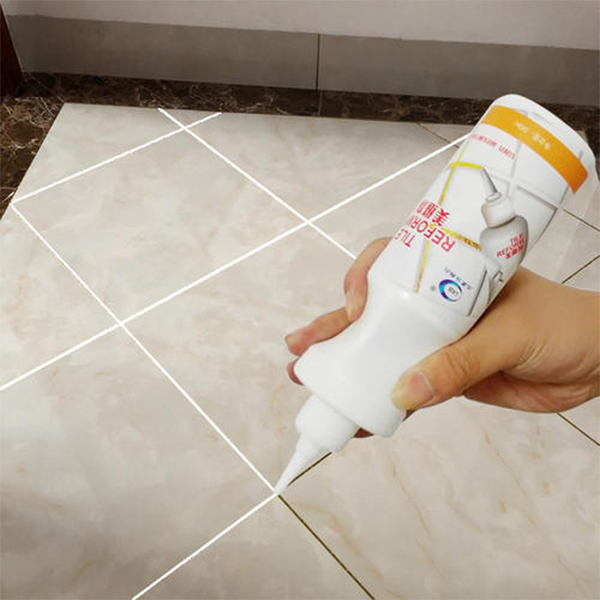Understanding HPMC Cellulose Applications and Benefits
Hydroxypropyl Methylcellulose (HPMC) is a prominent cellulose derivative widely utilized across various industries due to its unique properties. As a non-ionic, water-soluble polymer, HPMC has gained significant attention in applications ranging from pharmaceuticals to construction. This article explores the characteristics, uses, and benefits of HPMC cellulose.
What is HPMC?
HPMC is synthesized from natural cellulose, which is derived from plant materials. The process involves the etherification of cellulose with propylene oxide and methyl chloride, resulting in a product that is both hydrophilic and versatile. HPMC is typically sold as a fine white powder, which readily dissolves in water to form a clear, viscous solution. This property is key to its functionality in various formulations.
Applications of HPMC
1. Pharmaceuticals One of the primary uses of HPMC is in the pharmaceutical industry. It serves as a binder and a controlled release agent in tablet formulations. Its ability to form gels makes it an essential component in capsules and matrix tablets, promoting sustained and prolonged drug release.
2. Food Industry In the food sector, HPMC is utilized as a thickening agent and stabilizer. It helps enhance the texture of products like sauces, dressings, and bakery goods. Furthermore, its use as a fat replacer in low-calorie products has seen an increase, providing a creamy mouthfeel without added calories.
3. Construction HPMC is widely used in construction materials, particularly in tile adhesives, mortars, and plasters. Its water retention properties help prevent quick drying, allowing for better workability and adhesion. Moreover, it contributes to the overall durability of construction materials.
4. Cosmetics and Personal Care HPMC is also prevalent in the production of cosmetics and personal care items. It acts as a thickener, emulsifier, and film-forming agent in creams, lotions, and gels, enhancing their texture and efficacy.
hpmc cellulos

5. Other Applications HPMC finds its way into various other products, such as paints, inks, and coatings, where it functions as a thickener and stabilizer. Its non-toxic nature makes it suitable for applications in sensitive environments.
Benefits of HPMC
The utility of HPMC can be attributed to several key benefits
- Versatility HPMC can be tailored to meet diverse requirements, including varying degrees of viscosity and solubility, making it suitable for numerous formulations. - Non-Toxicity Being derived from natural cellulose, HPMC is generally recognized as safe (GRAS) for food and pharmaceutical applications, making it preferable for consumers focused on health and safety.
- Water Retention Its ability to retain water proves advantageous in many applications, enhancing the stability and shelf-life of products.
- Compatibility HPMC is compatible with a wide range of other ingredients, which allows formulators to create complex formulations without adverse interactions.
Conclusion
In summary, Hydroxypropyl Methylcellulose (HPMC) is a multifunctional cellulose derivative with significant applications across various industries, including pharmaceuticals, food, construction, and cosmetics. Its unique properties, such as water solubility, non-toxicity, and versatility, make it an invaluable ingredient in many formulations. As industries continue to innovate and demand sustainable ingredients, HPMC is poised to play a crucial role in the future of product development.
-
The Application and Significance of Construction RdpNewsMay.19,2025
-
Industrial Grade HpmcNewsMay.19,2025
-
Building Coating Adhesive Building Coating Adhesive HpmcNewsMay.19,2025
-
Application Of Hpmc For Detergent For Detergent In DetergentsNewsMay.19,2025
-
Application Of Hpmc Cellulose In Cement-Based MaterialsNewsMay.19,2025
-
Application Of High Quality Hpmc For Construction In The Field Of ConstructionNewsMay.19,2025




